1、 Curing method
1. Temperature: the most suitable temperature for its development is 20 degrees. If the temperature is too low, the plant will stop growing. Therefore, antifreeze measures need to be taken in winter to avoid plant frostbite
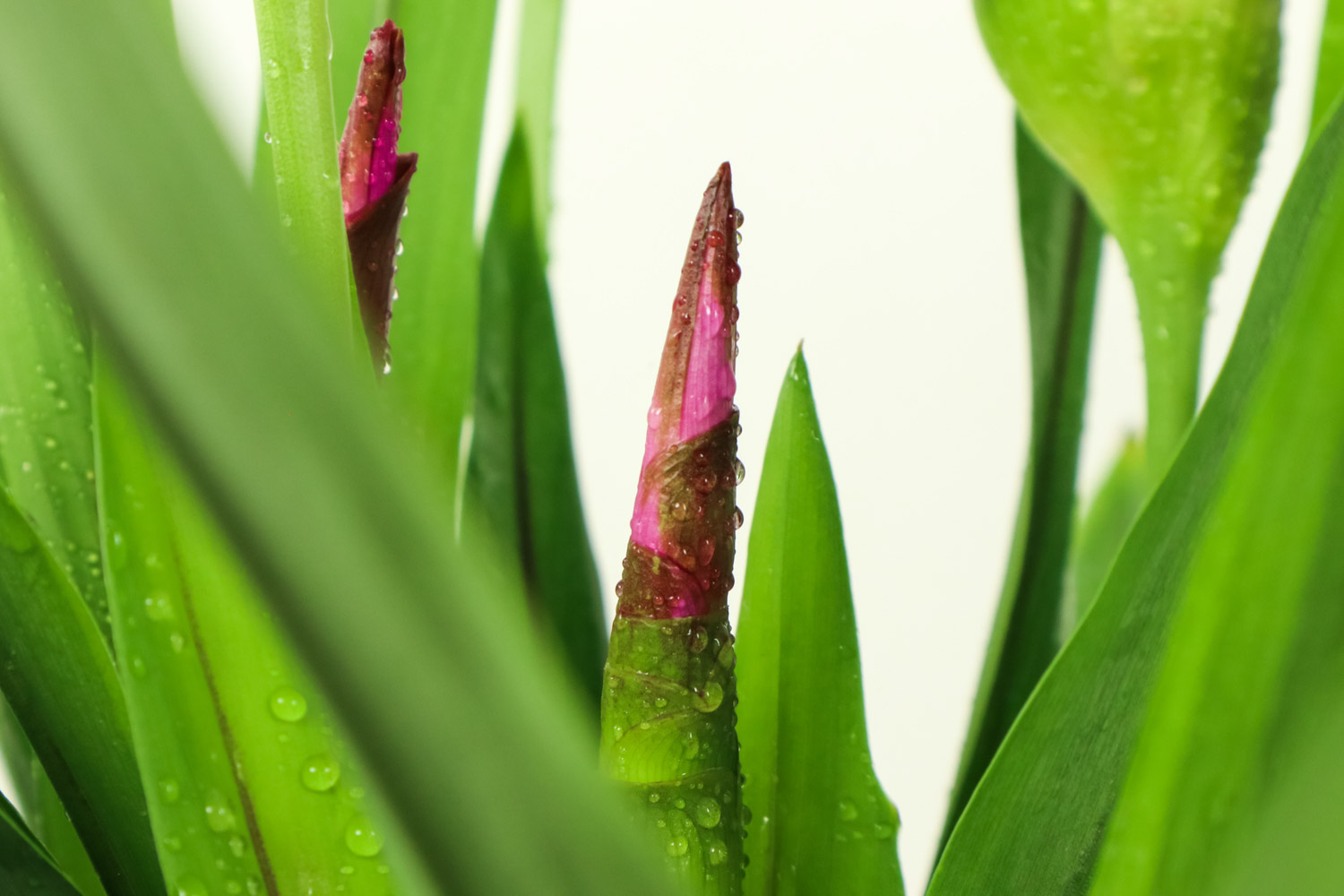
2. Watering: it likes to grow in a slightly humid soil environment, so it needs to be watered frequently. In summer, it is necessary to appropriately increase the amount and frequency of watering. Generally, it is applied twice or three times a week, and pay attention to the bacterial infection caused by ponding
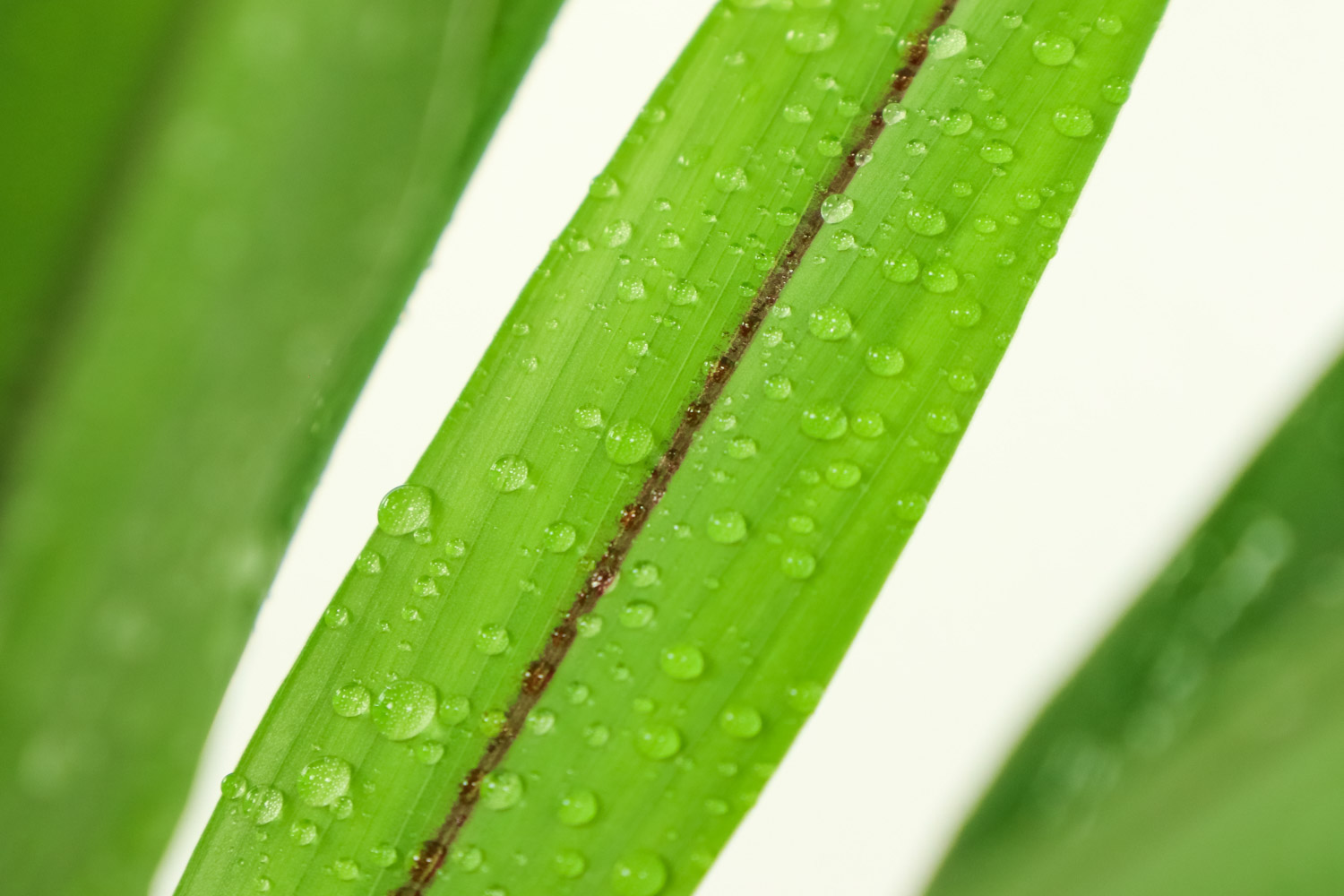
3. Fertilization: its growth consumes a lot of nutrients, and the nutrients in the soil can not meet its needs. Generally, it needs to be fertilized once every half a month. The fertilizer seed should choose the thin fertilizer with mild fertilizer effect, such as diluted fertilizer cake water, disinfected animal manure, etc
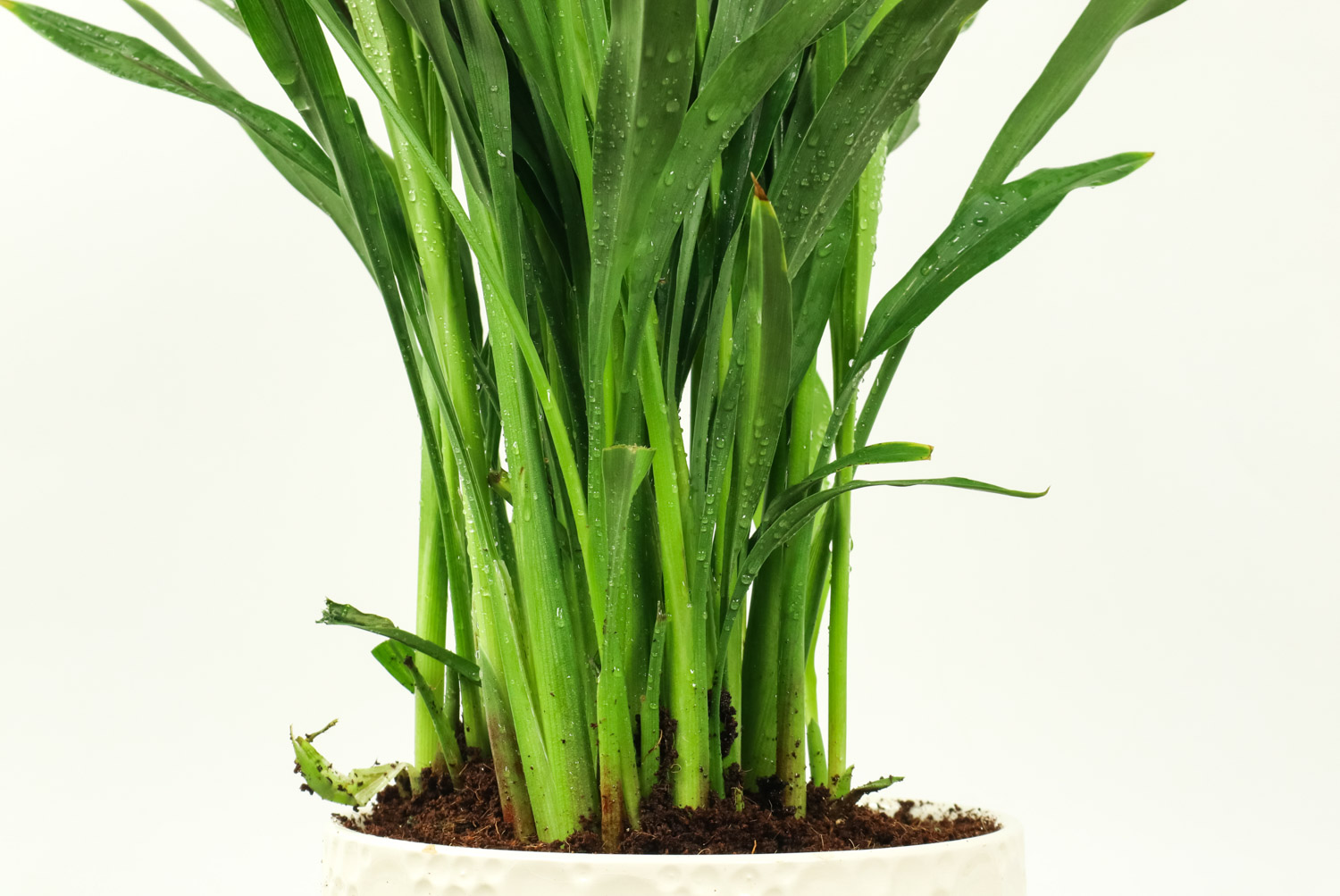
4. Light: it is a plant with full sunshine and can accept all day sunshine. However, in order to make its branches more tall and straight, it can be properly shaded to promote the growth of branches and leaves, which can also enhance its resistance. Generally, 50% shading can achieve the expected effect. If you do not pursue the height of plants, such as potted plants, you can directly receive all day sunshine

2、 Breeding skills
1. Protection in rainy season: there is a lot of rain in rainy season, which is easy to cause fecal soil and ponding, which is easy to cause the plant to be infected with bacteria. Therefore, it is necessary to set up a rain shelter or move directly into the room for maintenance
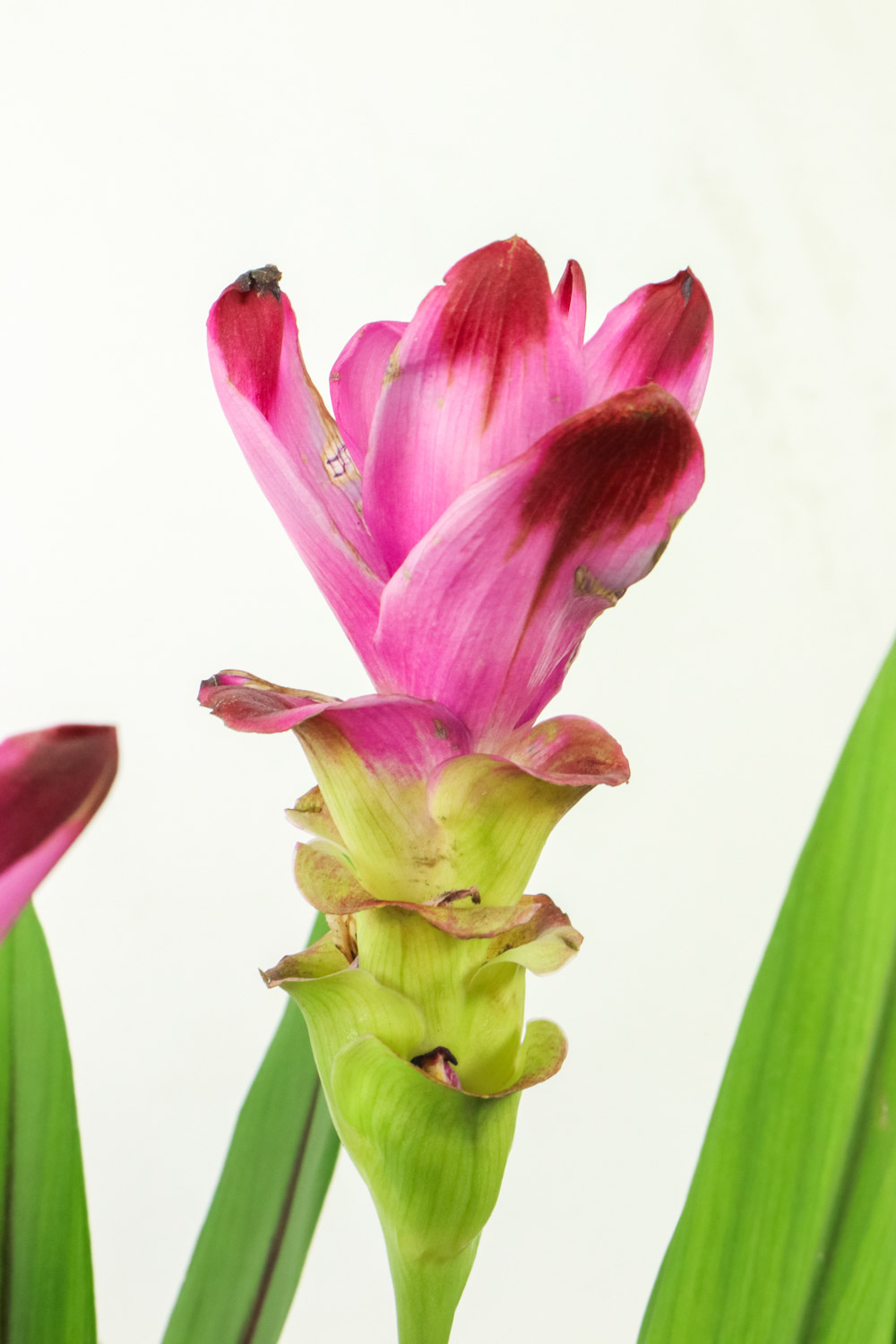
2. Pruning: generally, it does not need pruning. If the plant has bad color and dry branches and leaves, these problematic branches and leaves need to be trimmed off, and then the incision should be disinfected

3、 Problem diagnosis
1. Insect pests: red spot disease and anthrax are two diseases and insect pests that are easy to be infected by ginger lotus. If the above conditions are found, you can use carbendazim for spraying

2. Pathological changes: drooping and yellowing of branches and leaves are mostly caused by insufficient water. This problem can be solved by slowly increasing the amount of watering. It's best to use the tap water after drying treatment. The fresh tap water contains chlorine, which has an adverse impact on the growth of plants. The drying treatment can release the chlorine inside, so the tap water after drying treatment should be used for watering

4、 Other issues
1. Seed ball disinfection: before planting plants, the seed ball needs to be disinfected. If it is not disinfected, the plants are easy to be infected with bacteria, resulting in no germination and flowering of the plants

2. Toxicity: ginger lotus is not poisonous, so you can rest assured of breeding
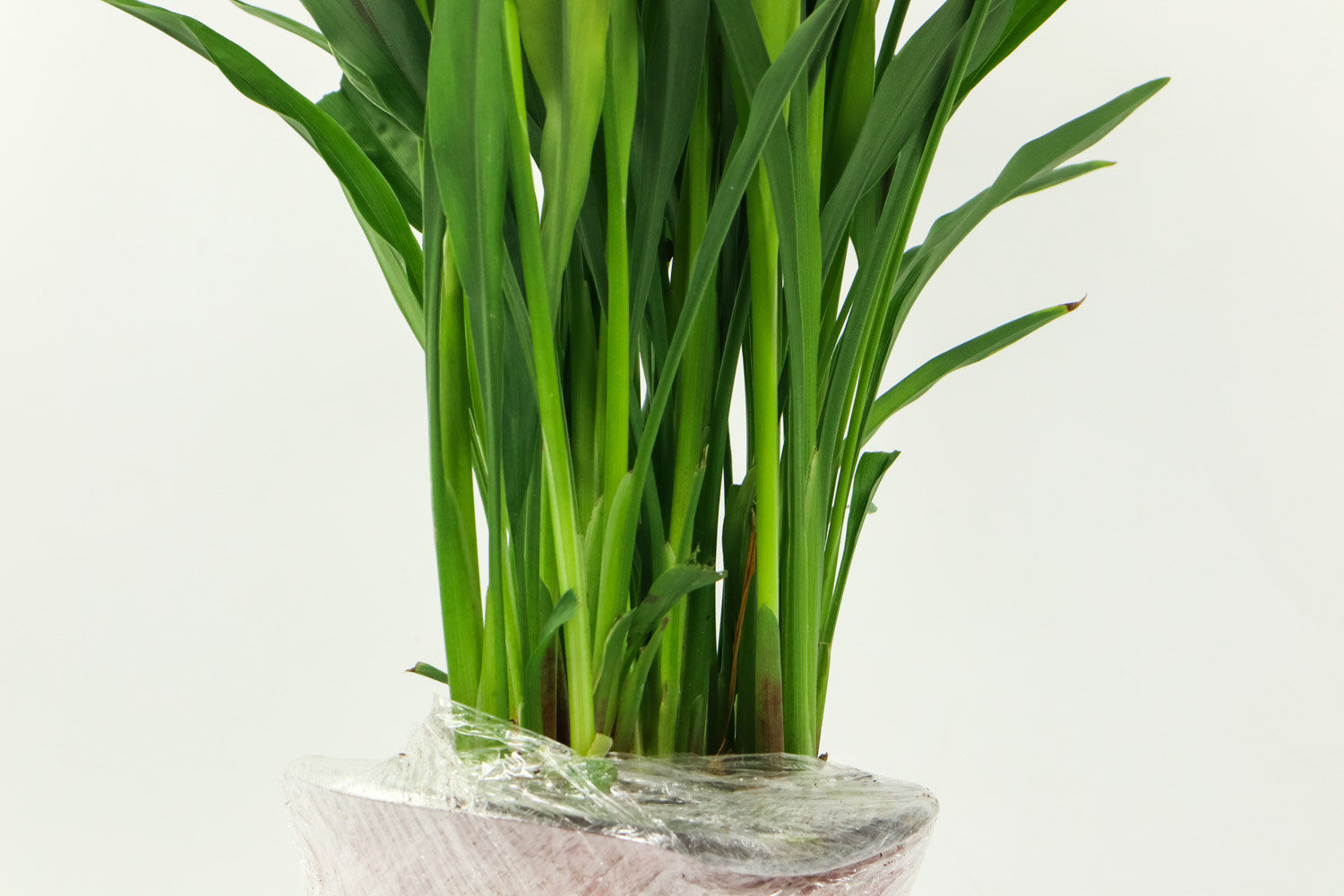

 how many times do yo...
how many times do yo... how many planted tre...
how many planted tre... how many pine trees ...
how many pine trees ... how many pecan trees...
how many pecan trees... how many plants comp...
how many plants comp... how many plants can ...
how many plants can ... how many plants and ...
how many plants and ... how many pepper plan...
how many pepper plan...



























